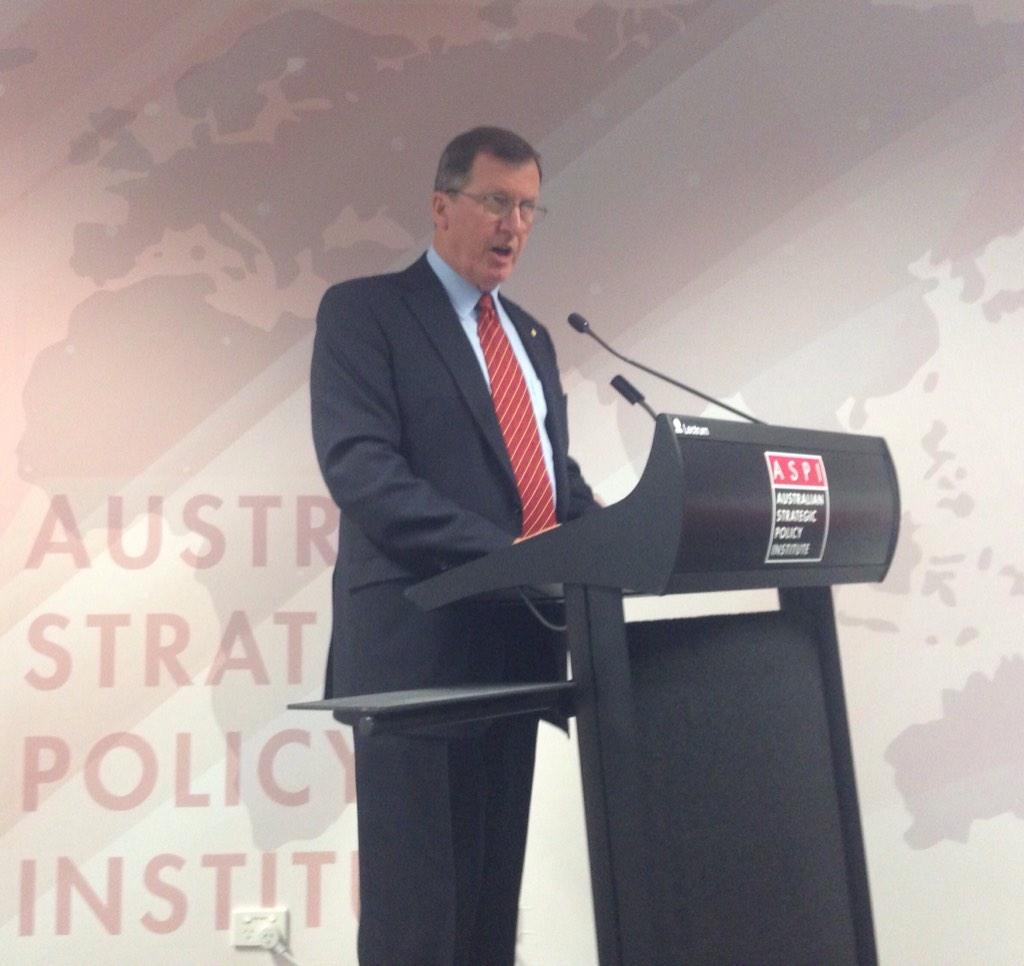HOW DO YOU WIN A LONG WAR?
There are two stories, both
compelling narratives, competing for attention here in the Middle East. The
first is tactical and simple. It revolves around the dominance of airpower and
the slowing of ISIL’s advance in Iraq and Syria.
So far, the 1999 air campaign
against Slobodan Milosevic remains the only conflict that was resolved by
bombing alone. Not even the most slavish adherent of airpower doctrine believes
the current demonstration of international resolve over Iraq is enough to
defeat ISIL – alone. Achieving this will eventually require “boots on the
ground”. The feet don’t necessarily need to belong to coalition soldiers,
although that would probably help. But what’s far more critical is the presence
of some ground/air controllers providing accurate and timely targeting for the
aircraft circling above.
If this is done; if
international advisors deploy to assist the Iraqi forces; if these are then
prepared to go on the offensive against ISIL; and if there are enough
coalition aircraft and bombs to obliterate any forces foolish enough to stand
in the way of an offensive to retake Anbar province; well then, yes, Iraq
should then be able to retake much of ISIL’s rapid gains. But this is where the
second story comes in, and this one’s far murkier.
There’s no guarantee tactical
victories can be turned into a strategic triumph. Doing this means
re-establishing functioning governance – not just in Iraq but across the border
in Syria (a no-go zone for Australian forces). However it was the very inability
of both Baghdad and Damascus (the oldest capital in the world), to provide this
stability that led to the disintegration of order in the first place. There’s
no point destroying ISIL simply to allow the region to fall apart again. The US
hasn’t said what it is attempting to replace ISIL with. Assad? A new state? The
Ottoman Empire? If the first step looks obvious, the second is anything but.
Equally, there’s a widely shared recognition
that the coalition forces won’t have the combat weight to allow them peace
enforcement, even if they wanted too. The commanders are currently treading a
fine balance. Deploying more soldiers is not an option, because it would be
counter-productive. Instead of guaranteeing the destruction of ISIL, deploying Western
soldiers would simply offer more targets for the insurgents. Yet relying on airpower alone is not
enough either. A middle way needs to be found. The only way this can happen is
for a spontaneous eruption as locals take the lead in restoring stability.
Unfortunately there’s no sign that this is about to happen.
Former Army commander Peter Leahy
addressed this issue last Tuesday in Canberra. In an intellectually bracing paper
prepared for the Australian Strategic Policy Institute, Leahy pondered if
what’s happening in the Middle East is actually just another clash in what will
come to be seen as a new, hundred years way – similar to the two great conflicts
that marked the 20th Century. Although some analysts have wrongly
attempted to conflate these into a single ‘long war’, there were actually two,
quite separate rivalries: the first with Germany and the second, between
communism and capitalism, in the later years. But if Leahy is correct, this is
a major cause for concern.
That’s because even if the
military can win the battle, it certainly isn’t equipped to win the war. This
is a battle of ideas that we are interpreting through a kinetic context, when
every intervention so far has simply resulted in further compounded problems.
Just examine the litany of disaster resulting from America’s involvement in the
region over the past thirty years.
In 1979, the US equipped and
encouraged the Taliban in their fight against the Soviet Union. At the same
time America sent arms to Saddam Hussein to allow him to attack Iran, where an
autocratic, kleptomaniac Shah had been deposed by a peoples revolution which
happened to be led by an Ayatollah. Then in the ‘90’s, focussed on other
issues, Washington failed to convey to the Iraqi leader it has previously
supported that he shouldn’t invade Kuwait. Later, after (nearly) destroying
Saddam and encouraging revolts by the Kurds and in the south of the country,
the US pulled out. By now the Taliban had spun out of control and 9/11
followed. The international community then attempted to impose a presidential
structure on Afghanistan, a country that is really nothing more than a
collection of tribes. By now Washington was fabricating excuses to invade Iraq (again)
without any plan for what would come next. Then it encouraged revolt against
Syria’s Assad government, apparently without realising that the very groups
that would flourish in the ensuing chaos would inevitably be the fanatics.
Meanwhile the so-called “Arab spring” resulted in military rule in Egypt, the
destruction of Libya as a functioning state, with Tunis – the one country in
which democracy supposedly flourished – now acting as an incubator of
terrorists who’ve spread out to fight across the Middle East.
It’s easy and correct to
attribute the region’s current instability to something within Islam. But perhaps
the real problem also lies somewhere in Washington’s policy prescriptions for
the region.
Nicholas Stuart is travelling in the Middle East with the Australian
forces.

No comments:
Post a Comment